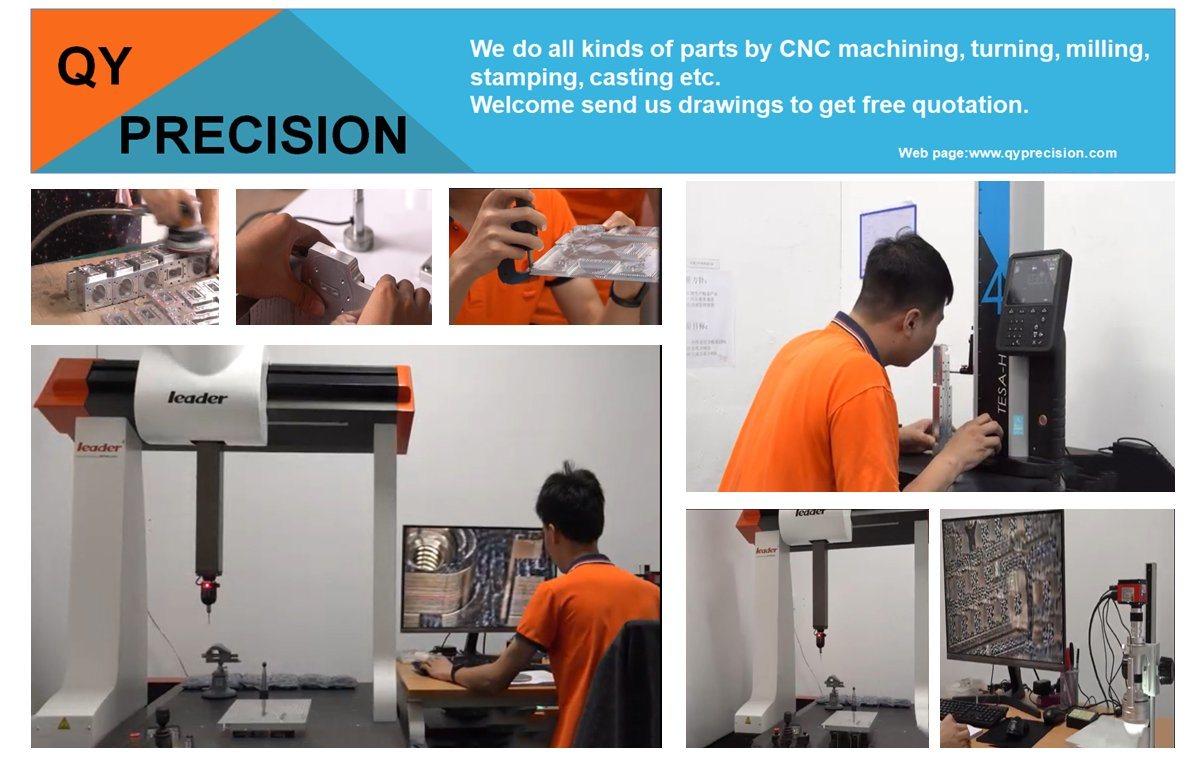Our expert contributors discuss how PCB designers can utilize standards to save time and money, not to mention frustration. We also spotlight the newly updated version of the IPC Checklist, a handy guide that illustrates which standards cover which topics, from front-end design through assembly.
In this month’s issue, our expert contributors share their best tips, tricks and techniques for designing rigid-flex circuits. If you’re a rigid board designer considering moving into the 3D world of rigid-flex, this issue is just what the doctor ordered! Cnc Turning Parts Supplier

Getting today’s designs “right the first time” is critical, especially with costly advanced PCBs. Simulation and analysis software tools can help you in the fight to eliminate respins. They’re not magical, but they can predict the future of your design.
Over the years, various surface finishes have been successfully utilized, namely organic solderability preservative (OSP), immersion silver (ImAg), immersion tin (ImSn), electroless nickel immersion gold (ENIG), and electroless nickel electroless palladium immersion gold (ENEPIG), as solderable finishes for PCB and package substrates. All these surface finishes have their pros and cons, with no single finish being suited to all applications.
As system designers continue to respond to new performance demands, it can be noted that ENIG/ENEPIG finishes have endured as a leading choice in many advanced applications where reliability is prioritized over cost.
Electroless nickel (EN) deposits have served well as a barrier layer, preventing copper migration to the outer gold or palladium-gold surfaces, and enabling the robust solderability performance of ENIG and ENEPIG finishes. However, the introduction of the 5G mobile network creates a growing demand for smartphones, networking, and wireless connections, all requiring increased “data flow.” The need to reduce the signal loss at higher frequency bandwidth is becoming vitally important. The low conductivity and magnetic properties of EN affect electrical signals as they travel along a conductor’s outer surfaces leading to insertion losses at higher frequencies.
As a result, designers and fabricators are looking for newer-generation surface finishes to meet their performance criteria. EPIG (electroless palladium immersion gold with no EN), silver-gold (Ag-Au), and reducing the EN thickness from traditional ENEPIG, have all gained attention. What follows is a review that compares the performance attributes of the leading candidates for a high-frequency alternative surface finish.
MacDermid Alpha Electronic Solutions has worked in partnership with Rogers Corporation to evaluate the effect of various surface finishes on signal loss with increasing frequency. Together, we subsequently worked to understand and compare other critical-to-quality performance metrics that will guide application-based surface finish selection.
We first set out to evaluate the effect of surface finish on signal losses up to 110 GHz using the microstrip test method and a vector network analyzer, with the support of Rogers.

Precision Turned Parts Manufacturers To read this entire article, which appeared in the June 2023 issue of Design007 Magazine, click here.